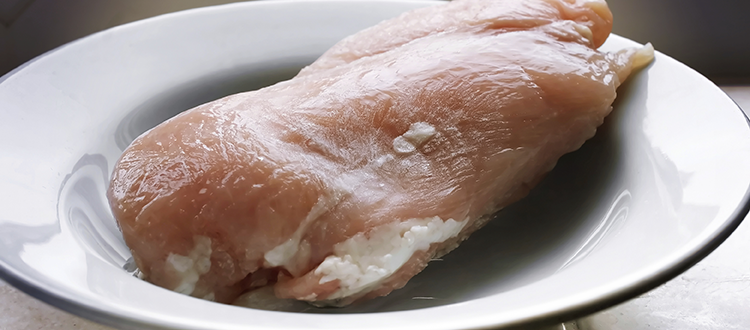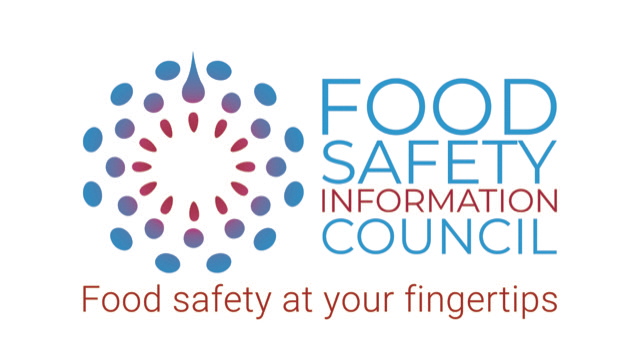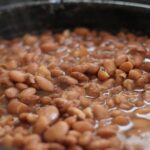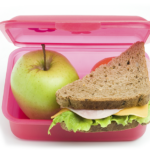
Six common food poisoning myths that can be busted
- If I get food poisoning it is most likely the last meal I ate.
Everyone blames their food poisoning on the last meal they ate but some forms of food poisoning can take days or even weeks to eventuate. - You can tell if chicken or minced meat dishes are cooked safely by tasting or if the juices run clear.
A thermometer is the only way to know your food is cooked correctly to an internal 75°C. - Food poisoning is mild and just a bit of gastro.
While vomiting and diarrhea are the most common symptoms, food poisoning in extreme forms can cause reactive arthritis, kidney or nerve damage and hepatitis. Each year food poisoning results in 31,920 hospitalisations, 86 deaths and 1 million visits to doctors. - If you are a vegetarian, your risk of food poisoning is low.
Food poisoning outbreaks have been caused by fruit and vegetable food items such as rockmelon, frozen berries, semi-dried tomatoes, orange juice, salad items and cooked rice. - Home made mayonnaises and aoili’s are better than the commercial ones.
They might taste better but did you know they are a major cause of food poisoning outbreaks in Australia? If you wish to make your own mayonnaise and aoli, prepare small amounts and use immediately. Adding enough vinegar can also stop any Salmonella that may be present from growing – it does affect the taste, but it makes the product safe. A touch of sugar can reduce the sourness. - If you’ve defrosted frozen meat or chicken it can’t be safely refrozen.
From a safety point of view it is fine to refreeze defrosted meat or chicken or any frozen food as long as it was defrosted in a fridge running at 5°C or below. You may have lost some quality in defrosting then refreezing as the cells break down a little and the food can become slightly watery. Another option is to cook the defrosted food and then divide into small portions and refreeze once it has stopped steaming.



